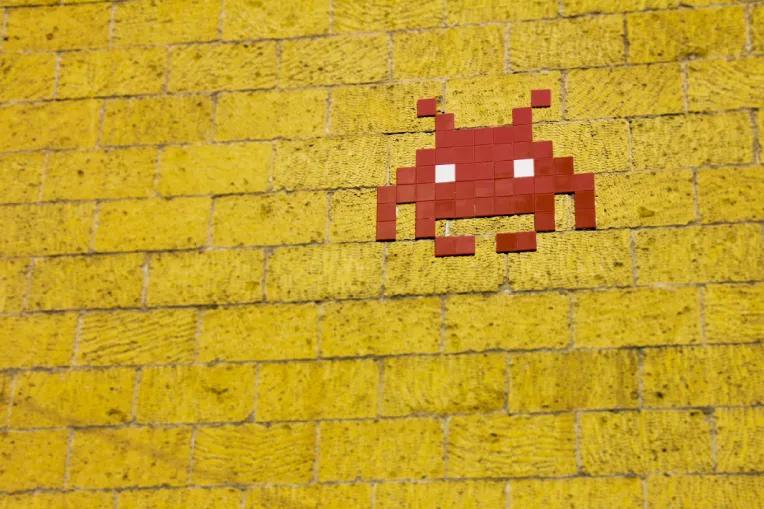Gaming and Learning: Facilitating Play in Digital Environments
Two crucial aspects of knowledge internalization – the notion of ‘play’ and the need for informal spaces of interaction have been extensively researched over the years. Due to growing agreement on their importance in tertiary education, universities have been quick to liven up the formal spaces on campuses, granting casual meetings, networking and decompression spots for students.
The global public health crisis induced extraordinary shifts in the education sector, leaving these spaces empty. Educators across the world scrambled to facilitate the move to online modes of teaching and of course, needed to focus more on the actual conduct of the classes. Then the long process of adjustment started. Many challenges ensued, all critical to the very ability to conduct education online and stay relevant. The digital divide between students and digital/visual literacy of lecturers were some of the critical issues that needed addressing.
But with some strong guidelines and standardized workflows, lecturers and students were able to start focusing on education again. Universities settled for their software interface of choice based on cost and existing infrastructure. The content was created and databases were populated. Assessment and evaluation were other big challenges, but with some creativity, universities could again offer some formal proof that knowledge was being transferred.
In this search to reconnect, a sense of disc(h)ord arises (pun intended, it will reveal itself). The interface chosen by universities to communicate with students, is a formal one. Even though it seems casual - students are eating their lunches in class or looking like they are still in bed - the interface they learn from is ceremonial and performative. The Zoom, Teams and e-Learn are as formal learning spaces as are large classrooms. This digital generation who spends most of their time online does not ‘hang’ on zoom. If the only connection to students online is through the formal interface dictated by the institution, how can one recreate the informal virtual spaces that seem so instrumental to learning? After 18 months online it is evident that human face-to-face interaction is still the most preferred form of learning, but if we are to explore online learning further and keep integrating our new-found tech-literacy into our teaching, should we not explore informal activities online as well? And where do we start?
The answer to a top-down problem will always be in the grassroots. Taking a step further in the tech rabbit hole - navigating interfaces that students use for informal gathering, chatting and as virtual safe spaces - can be a daunting but rewarding process for a lecturer. Rather than Zoom, I found myself having increasing amounts of ‘consultations’ on Discord, where students used highly innovative ways to work on group assignments (editing a movie together for example). Some students read their study materials aloud on Twitch to their peers, as a way to motivate themselves to read more. One class happened inside an actual game (among us) where students rejoiced the moments of seeing how clumsy their lecturer was in understanding simple concepts of modern gaming.
Although the majority of the research on informal spaces and learning is about physical spaces, one could argue that the same applies to facilitating and sharing the safe and informal virtual spaces with students. To internalize knowledge, we need to ‘hang’ and play, regardless of whether we are online or offline.
Dr Dusan Petkovic
School of Arts
Email: @email




